
From LYNX to PUMA
At the end of 1993, Ford first played with the idea of the Puma.
The Fiesta received such good response that president, Jac Nasser, and head of Ford small and medium vehicle design, Claude Lobo, discussed the possibility of doing something different with the Fiesta chassis.
Why use such a good chassis only for a simple hatch back?
This was the starting signal to develop a sexy sports coupé based on the Fiesta mk 4.
After Ford bought the rights for the name of the Brazilian sports car builder Puma (in 1995), it took another 2 years before the idea was really developed further.
This was mainly because there was no production space available for a new model.
The project started under the code name SE161.
SE; ‘S’; Special car for
‘E’; Europe and it is the
‘161st’ project since Ford started using this coding with DE1/Scorpio 10 years earlier in 1983.
The designers were given free rein to develop their ideas of a 2+2 coupé.
Within 2 days there were 50 sketches on Claude Lobo’s desk.
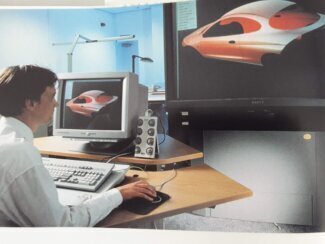
With only three-dimensional computer animations, without a scale model, the team was given the green light.
The Puma is probably the first car to grow, within 135 days, from a rough sketch to its final form. 4 Months, 20 weeks or 135 days!
The Puma is also the first Ford model designed solely on the computer. This happened with the Paintbox program.
Of the 50 sketches, 6 were further developed. Out of these, 2 were chosen. The ‘red’ and the ‘blue’ design.
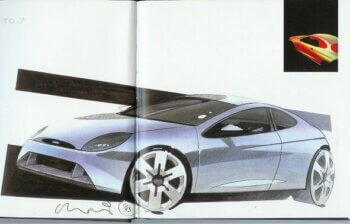
Before the Puma went into production, tests were made with a prototype, of course camouflaged.
These photos were taken on February 29, 1996 over the Arctic Circle in Finland. With one of the first SE161 prototypes.
The photos are of the Englishman John Bull on the right of the photo, back then senior engineer/test driver for Ford performance vehicles.
On the left in the photo Gerrit Mingneau, at the time foreman at the Ford test center in Lommel (B)
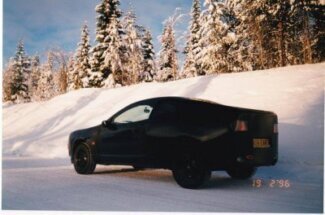
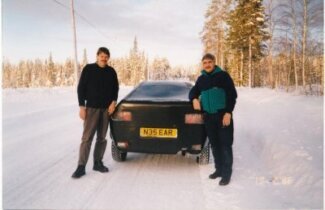
In 1996, the Lynx concept car was shown at the Geneva Motor Show. This was to gauge the reactions of the press and the public.
So to see if there was interest in a small sports coupe from Ford. The reactions were very enthusiastic. The rough lines of the Puma are clearly recognizable, but the Lynx concept was still a long way from the real Puma.
The Ford Lynx concept car
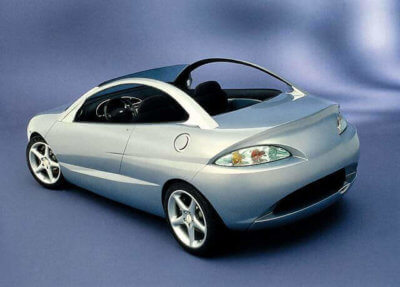
The design of exterior designer, Chris Svensson, also the designer of the Ka, was ultimately chosen.
Due to lack of space in the Ford design studios, the clay model was made by Ian Callum of the TWR Studios.
Ian Callum is also the designer of the Aston Martin Vanquish and the Jaguar c-x16 !
The Puma evolved quite a bit from the first rough design sketch. But the design team stayed true to the original idea.
Normally, various scale models are made to meet the aerodynamic and safety requirements.
Only one clay scale model was made with the Puma; no. 0000 000.
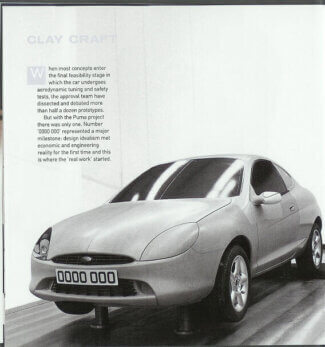
Once this was done, the real work could begin.
The first wind tunnel test results showed that the round smooth rear of the yellow model made the Puma too unstable.
For the designers, a spoiler was out of the question because it would change the design too much.
The integrated rear spoiler and the modified thick bumper solved this problem without compromising the design.
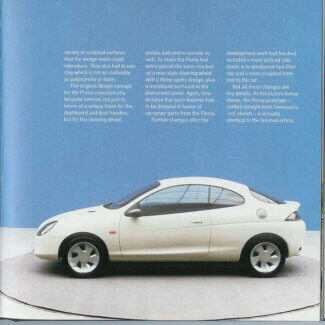
The interior also had to be something special, but due to a lack of time, an adapted Fiesta dashboard was chosen.
A three-spoke leather steering wheel, aluminum pedals, a center console and rings around the meters did not make it.
The newly designed seats and the aluminum gear knob, on the other hand, did.
Unfortunately, the aluminum fuel cap also had to give way under time pressure.
June 9, 1997 (official production start) the first Puma came off the line in Cologne.
Production finally stopped on December 11, 2001 (official production stop).
However, the pre-production started in April.
The oldest Puma (known to us) left the production line on April 10, 1997. (checked by VIN code)
this Puma is owned by a German Puma driver.
In the photo on the left you can see the Puma was produced on the same production line as the Fiesta.

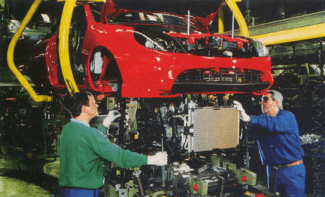
Since the chassis of the Puma is almost identical to that of the Fiesta 4, it was largely built on the same production line at the factory (Hall Y) in Cologne.
There were separate production lines only for the body finish where parts were built up manually.
For example, the doors were largely installed manually.
The Puma has a high proportion of manual labor of about 40%.
The ‘white’ body of a Puma on the production line at the Ford Köln/Niehl factory
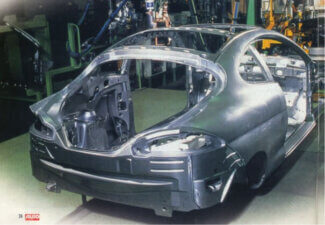
The Puma was only built at the Ford plant in Köln/Niehl in Germany, on the same production line next to the Fiesta and Scorpio.
In addition to 1000 Fiestas and 130 Scorpios, 160 Pumas left the production line every day.
Puma production was later increased to 220 units per day.
Also the right-hand drive Pumas for the English market, including the 500 Ford Racing Pumas, which were converted from standard 1.7 to FRP at Tickford, were all produced in Cologne.
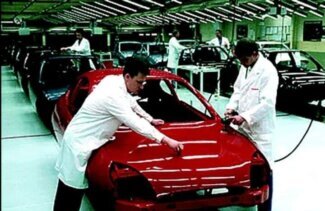
Total production; 133,000 units
Ford initially assumed a total production of 105,000 units.
Also part of the welding was done manually, for example the crossbeam above the c-pillar.
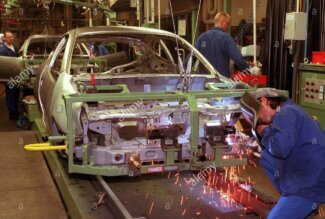
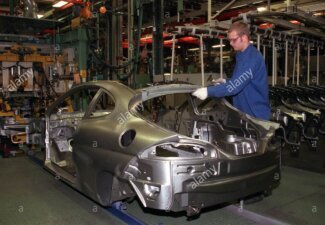

Aerodynamics test Ford Puma, with a Cw-Value of 0,346
And you can see a pre-production Puma in the sound room where the engine sound was analyzed and optimized.
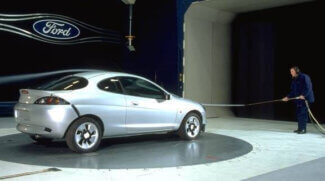
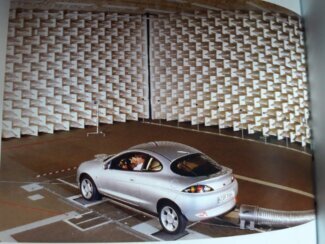
The Puma was also exposed to extremely low temperatures.

The Puma is, and remains, an exceptionally designed sports coupé with sublime driving characteristics, which still looks very modern and is a pleasure to drive.
Of course, the Puma was also extensively tested on the Ford LPG (Ford Lommel Prouving Ground).
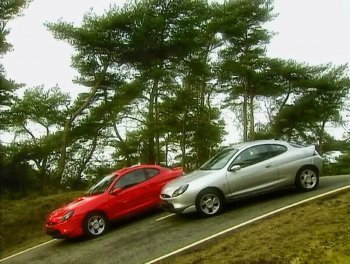
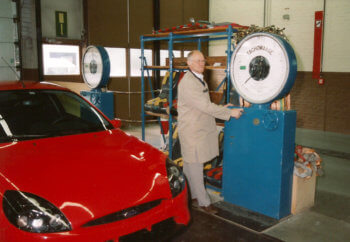


We Received these photos December 2020 from Ford LPG after our visit in Februari 2020.
Thanks to Jo Declercq. Public Affairs Manager Ford Motor Company
The TV commercial is just as special and remarkable as the Puma itself!
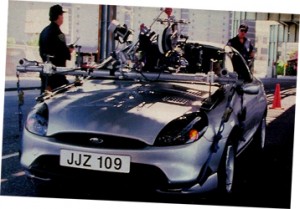

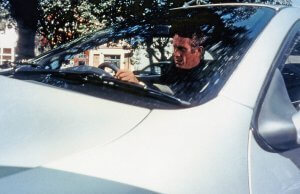

A very striking and dynamic video was also shown at the Ford dealerships, in which the Puma was presented.
You find these two beautiful videos under the button ‘Ford Puma videos’.
The Puma celebrated its world premiere during the Geneva Motor Show in 1997, and the German Ford tuning magazine ‘Drive international’ also paid extensive attention to this.
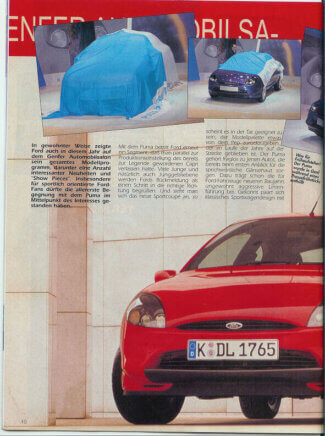
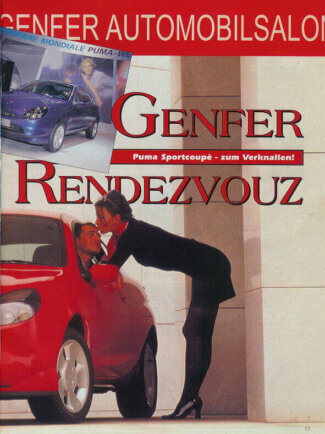
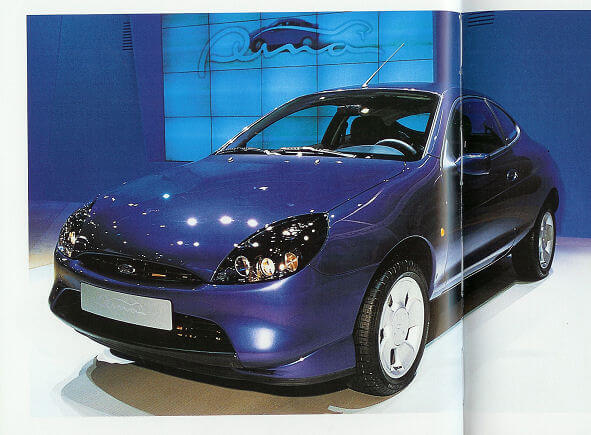
The designers and engineers have succeeded extremely well in putting into practice the assignment “design a sexy 2+2 sports coupé with superb driving characteristics based on the Fiesta”.
The ‘New Edge’ lines, which Ford used in the 1990s, are also clearly recognizable.
The Ford Puma; ‘affordable exclusivity’ and one thing is certain, the Puma is a classic of the future.
Ford Puma, A Driver’s Dream
